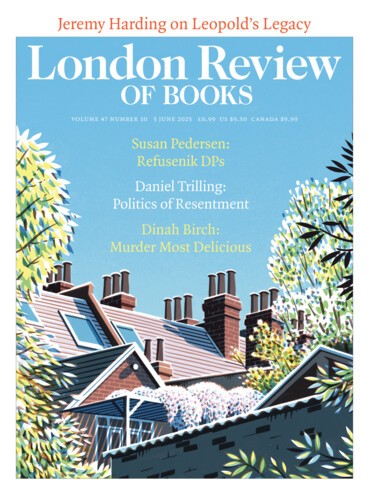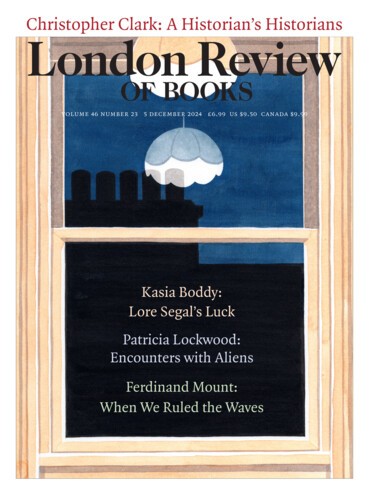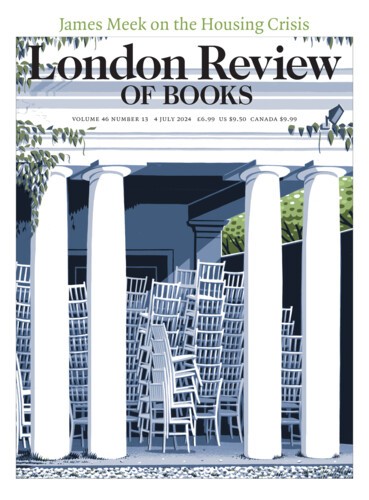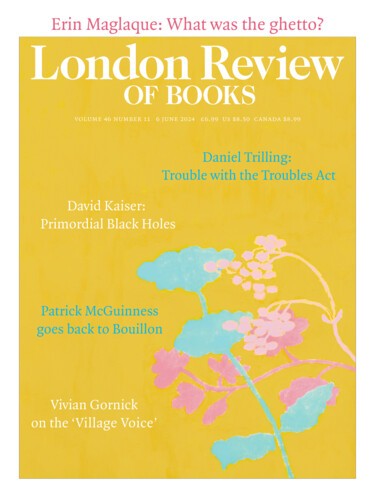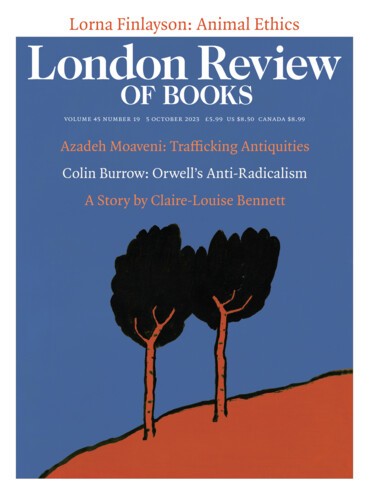Pinstriped Tycoon: Siege Art
Hal Foster, 5 June 2025
When a man tips his hat on the street, we take it as a friendly greeting. That’s what it means to read visual signs ‘iconographically’, Erwin Panofsky writes in his classic essay ‘Iconography and Iconology: An Introduction to the Study of Renaissance Art’, from 1939 (when men still wore hats and some were friendly). The tipping of the hat, he speculates, began...
